Your cart is currently empty!
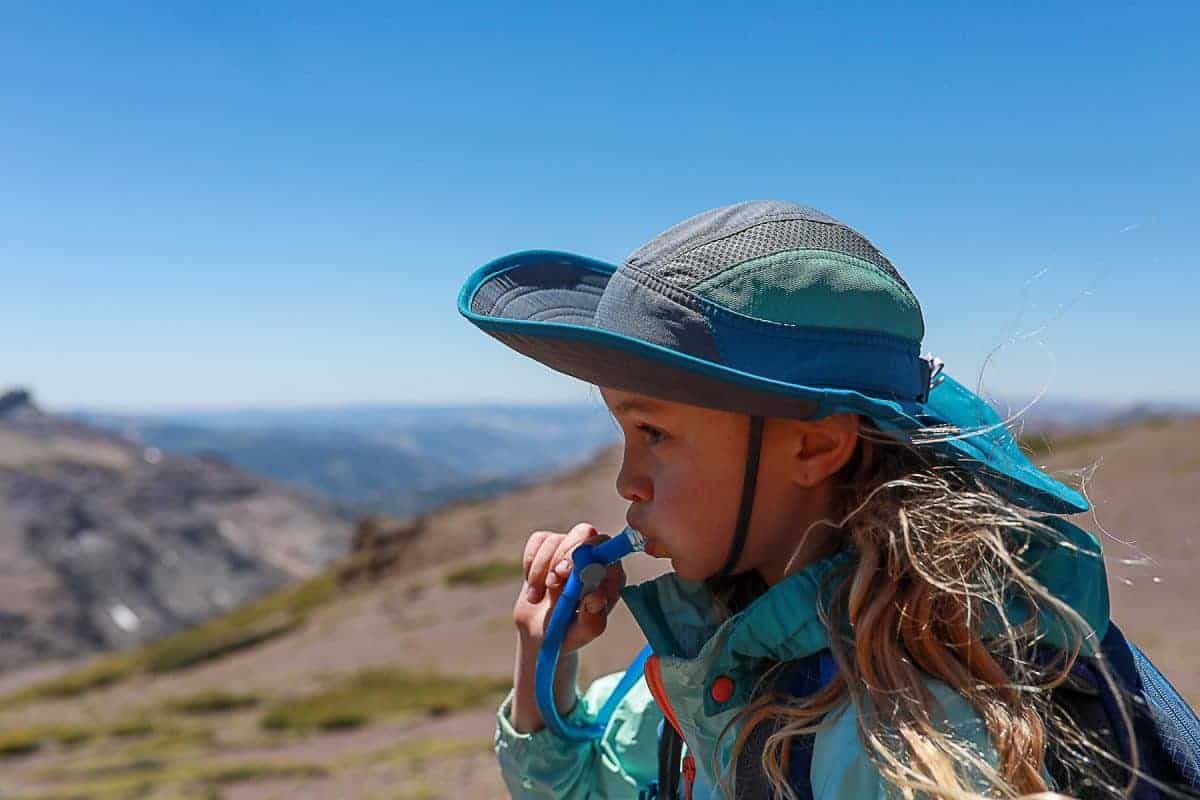
Hiking Safety and First Aid 101
You probably already know the benefits of spending time outdoors; healthier minds and healthier bodies. We want everyone to spend as much time as possible outdoors, and hiking is a great way to get immersed in nature and get some exercise. However, it is important to be familiar with hiking safety and first aid, especially when you’re hiking with kids. Today, we are so lucky to have our Creative Team member and resident RN, Ashley here with some common hiking injuries and tips on how to avoid them. She’s got helpful and practical advice on how to prevent hiking injuries such as blisters, sunburns and dehydration, and provides first aid advice on what to do if something does go wrong. She’s also included a list of what to pack in your hiking first aid kit to keep your family safe.
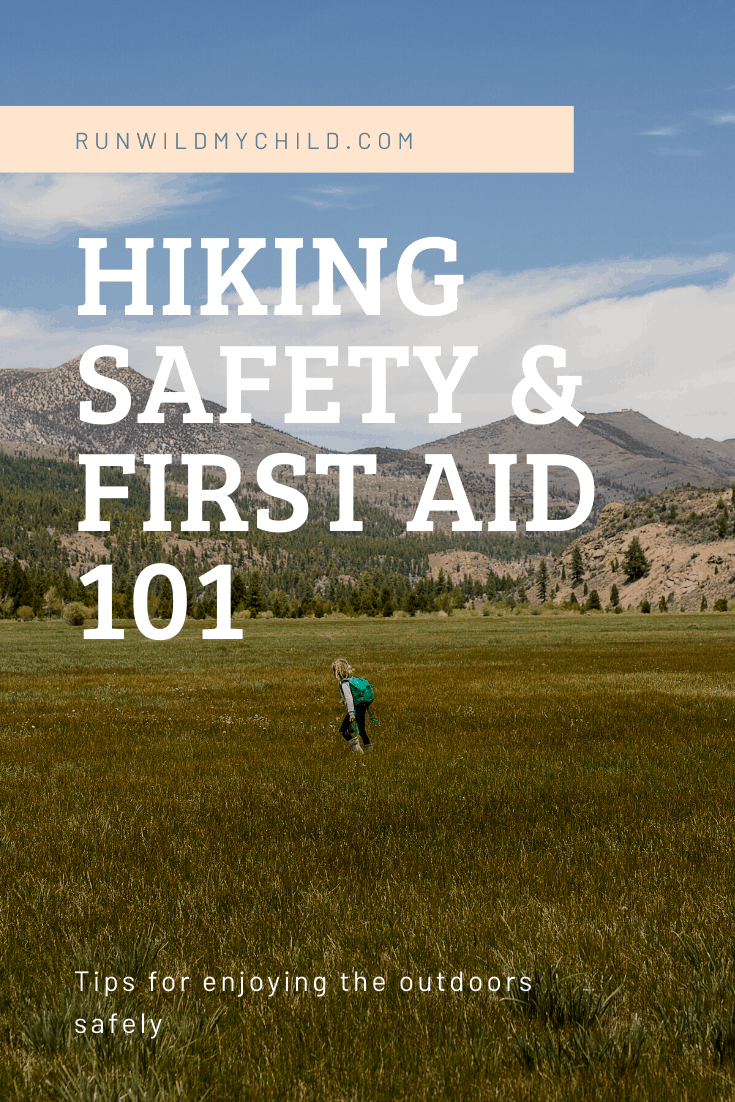
Prevention is the best medicine
As the saying goes, “an ounce of prevention is worth a pound of cure.” Hiking safety is all about thinking ahead and avoiding simple mistakes. Most of the dangerous situations you are likely to encounter in the wilderness can often be prevented. Obviously, there are other things that are preventable and accidents happen. So, take the precautions that you can and always hike with a First Aid kit for such other situations.
Today, I’ll walk you through how to prevent some of the most common hiking injuries and setbacks – blisters, dehydration, and sunburn. Each of these injuries can be prevented with a little forethought and preparation. When out hiking (by yourself or with kids), it’s always best to think ahead and avoid these common hiking maladies.

How to prevent blisters
Oh, the horror of the stinging, painful, adventure-ending, all-too-common blister. Blisters are miserable and can turn an otherwise lovely hike into a march of pain. Both kids and adults can easily get blisters from improper footwear. Blisters are painful, but luckily, they’re also usually avoidable with the right socks and shoes. We never want getting outdoors to be expensive or overly-burdensome, but sometimes the right gear is worth the cost. Purchasing the correct socks and shoes can be some of the best money you’ll spend, particularly if hiking is something you do (or want to do) often. If you invest in a good combination of sturdy shoes and good moisture-wicking socks, you have less chance of getting blisters, twisted ankles, and sore feet.
We’ve been hiking with our girls since they were newborns and have continued hiking year-round with them. We started hiking with them in a Baby Bjorn, moved onto baby carriers, and then to the beautiful milestone of them hiking on their own two feet! We’ve hiked hundreds of miles together and have tried tons of different brands and styles. The shoes and socks I’m recommending below have been tried and tested by us and I feel confident recommending these items to you.
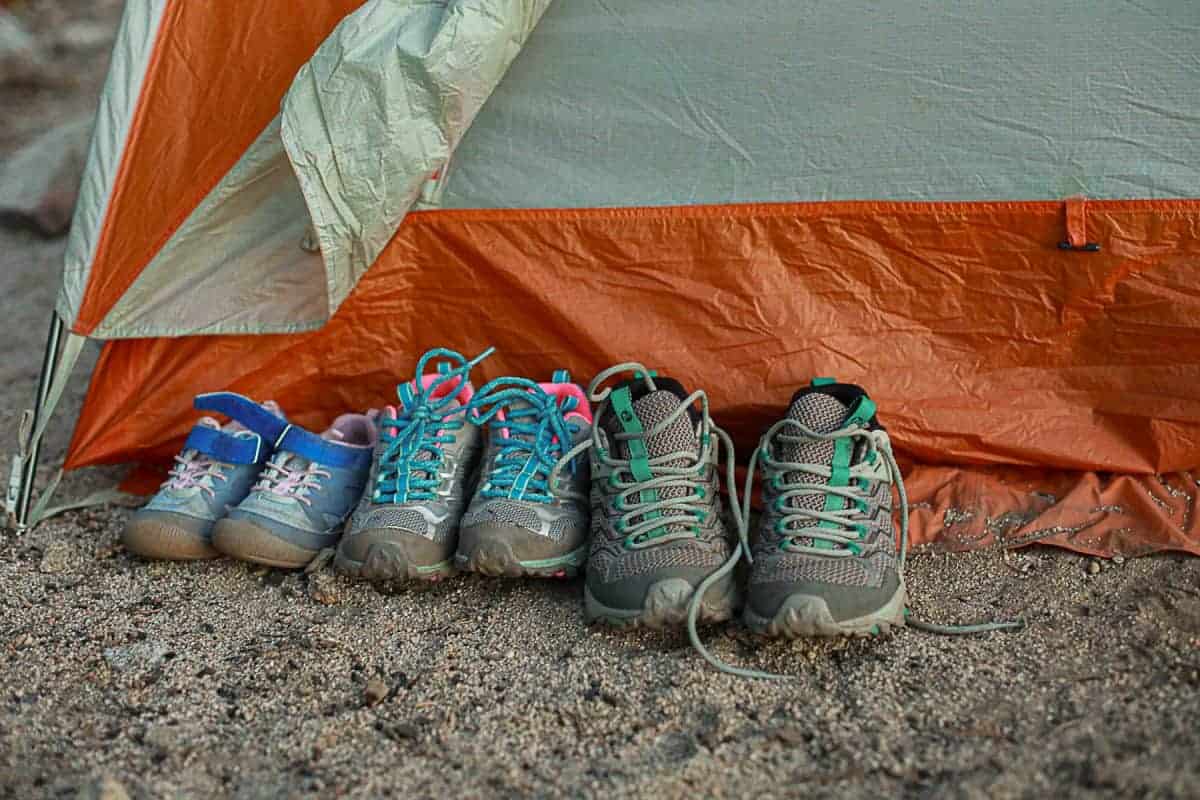
Hiking shoes
The right hiking shoes can make all the difference between an amazing hike and a miserable one. A good rule of thumb when purchasing hiking shoes is to buy a pair a half-size bigger than your foot (or your child’s foot). With heat, sweat, constant changes in terrain, and pace, our feet swell. Swollen feet = more friction, which equals more risk of blisters. Hiking shoes should also have a hard sole. Trust me, after walking a half-day on granite, your feet will thank you. A good pair of hiking shoes or boots can last you between 500-1000 miles!
- Favorite hiking shoes for adults: Merrell Women’s Moab 2 Vent Hiking Shoe
- Favorite hiking shoes for kids: KEEN Kids’ Hiking Shoe
Hiking socks
Now that you have great shoes, what about socks? Will your everyday cotton, low-ankle socks be fine? Likely no – you might end up with blisters. Good socks are just as important as good hiking shoes. When choosing the right socks, you’ll want to make sure you consider height, padding, fit, and fabric. You need socks that are high enough to protect your skin from abrasions (from your shoes/boots), a decent amount of padding (to cushion your feet and provide warmth), the right size (so your feet aren’t slipping around inside your sock), and the right fabric (usually a wool-blend).
- Best hiking socks for adults: Farm-to-Feet hiking socks. This is such a great brand and they make incredible wool-blend, moisture-wicking socks. They’re fast to dry, with fun designs, and are made in the USA.
- Best hiking socks for children: SmartWool. SmartWool is an amazing brand for kids’ hiking socks. They’re also made from a moisture-wicking wool-blend, are not bulky, and they have fun designs for little kids.

Keep them dry
Wet socks while hiking are a recipe for blister disaster. And kids are notorious for getting their feet wet (creek or stream crossings, lakes, jumping in puddles, etc.). Always carry a spare pair of socks for each kid on a hike, just in case. If your kids feet get wet, sit down, remove the socks and let their feet dry. Once dry, put on a clean, dry pair of socks. You can hang the wet socks on the outside of your pack to dry while you continue your hike.
Stop the spot
While blisters are preventable, they’re not always inevitable. So, what happens when your family is hiking along with great socks and shoes and one of your kids says “My foot hurts!” The best thing you can do is to listen, stop immediately, and assess the situation. Stopping immediately and checking their feet can prevent something minor from becoming a big problem down the trail. It might just be a rock in a shoe or a twisted sock. Or it might be a “hot spot” (red, tender area formed by friction), which is the start of a blister. A bandage or just swapping out wet socks can keep a spot from becoming a full-blown blister. Again, a little prevention and extra attention to the problem early on will go a long way!
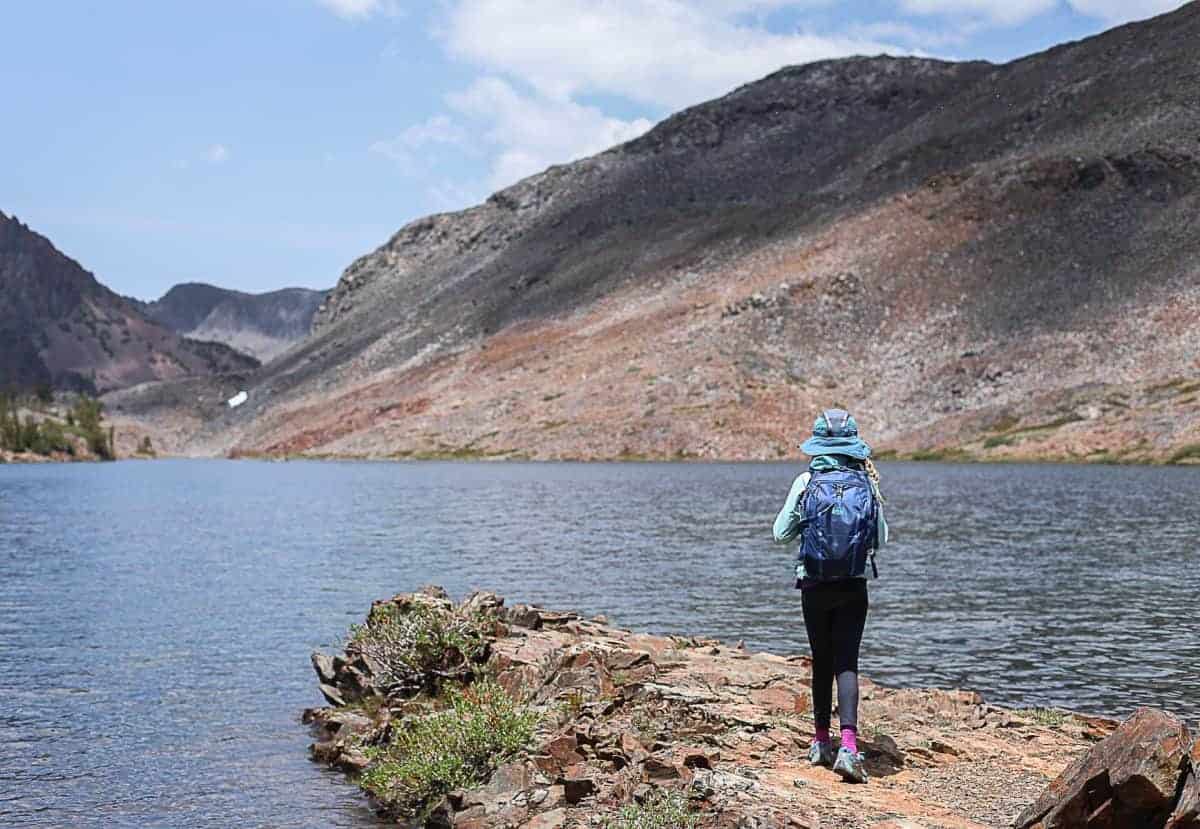
First aid for blisters
If blisters happen (and they can…even to the most cautious of parents), here are some First Aid steps to treat the blister and hike out safely.
If a small (intact) blister or hot spot forms, place a moleskin dressing (donut-shaped) or blister bandage over the area. The donut-hole should match the size of the blister (the blister should fit inside the hole). You may need to apply more than one layer of moleskin so that the blister doesn’t protrude out the top and continue to rub. You’ll want to secure the moleskin dressing. The easiest way to do that is with tape.
If a larger blister forms (1″ diameter or larger) and it is inevitable that continuing to hike will pop the blister, you can intentionally rupture it. You can also take the chance and let it rupture on its own. However, letting it rupture on its own has more risk of infection since the blister is unprotected and may be rubbing against dirt, sweat, etc. If you’ve decided that rupturing the blister yourself is the best option, first you should clean the area with an alcohol swab (easiest) or soap and water. Then, take a sterile needle or safety pin (soak with an alcohol swab for 30 seconds) and puncture the base of the blister. Soak up the fluid with sterile gauze. Next, apply an antibiotic ointment and cover the blister with a sterile dressing. You can further cushion the area with another moleskin, if necessary.
It can take a few days or even weeks to heal a blister. Inspect it daily and change the bandage if it becomes wet or dirty. If it becomes infected, seek medical attention right away.

Dehydration
Dehydration is another common hiking malady that’s extremely dangerous and can even be deadly. However, it’s also completely preventable. When talking about hiking safety, drinking enough fluids should be a top priority. Remember, we are basically just complicated flowers – we need water to survive. Water transports nutrients to our organs, helps maintain our body temperature, as well as cleans waste from our bodies. If you don’t drink enough water, you’re likely to fatigue easier, overheat, or worse.
The amount of water you need daily depends on your activity level, environment, and even gender. Men usually need about 4 liters per day, and women 3 liters. Your average water bottle is about one liter. When you’re hiking, you should expect to drink more, especially if it is warm out, if you are at high altitude, or if you’re hiking a long trail or at a fast pace. Preparation is key to preventing dehydration and you should always make sure to have plenty of water with you on a hike.
How to prevent dehydration while hiking
An easy way to ensure you don’t get dehydrated on a hike is to pre-hydrate before your hike. The day before your hike, or even just before you head out, drink a couple of extra glasses of water and encourage the kids to do the same. This will get your body prepared for the hike with fluid.
During physical activity, you should aim to drink about 6-10 ounces of water every 20 minutes. The amount a child should drink per day depends on their age, height, and weight. Consult your pediatrician to find out what is appropriate. Always carry water with you on hikes and make sure you and your children are taking frequent stops for water breaks. Sometimes kids get excited or distracted on hikes and don’t drink enough. If you need to, set a timer on your watch or phone for intentional water breaks every 20 minutes.
Another way to stay on top of your fluid status and make sure you have quick and easy access to water is to carry a hydration backpack. The weight is evenly distributed across your back and hips, and your hands are free to balance or lend a hand to your children, and there is a mouthpiece/ straw connected to the water. If your kids are big enough to carry a pack, there are 1L and 1.5L size hydration backpacks that are perfect for little ones. There’s also enough room in these packs from kids to bring along an extra pair of socks and a few snacks. The packs also have a whistle on the chest strap to use in case of an emergency.
While you should generally avoid sweet drinks while hiking (water is best), on long hikes we will add some sports drink powder to our hydration packs. This provides some additional electrolytes and sodium. It gives everyone a little more energy and it tastes sweet, prompting your little ones to drink more.
Should you run out of water, it is always a good idea to carry a water filter. We use Katadyn BeFree 1.0L Water Filter.
Dehydration first aid
Should you notice you or your child is dehydrated (thirsty, headache, dark urine, feeling tired, muscle weakness), find a shaded area to sit, drink water or a sports drink to cool down, and have a salty snack. Should someone become dizzy, pass out, have a seizure, or become confused, seek emergency medical attention immediately. These can be signs of heatstroke, which is an emergency situation.

Sun safety while hiking
A sunburn is inflammation of the skin, caused by prolonged exposure to ultraviolet rays. We’ve probably all had a sunburn at some point in our lives. They are no fun! When I first moved to Nevada from Alaska, I had no idea that altitude makes the sun more intense. For every 1000′ of elevation, UV exposure increases by around 4%. For example, at 6000′ elevation, the UV exposure is about 24% greater than at sea level. Thus, I got my first severe sunburn at Lake Tahoe. It was miserable and painful and then I peeled for weeks. Now, I wear sunscreen, sunglasses, and a wide-brimmed hat on every hike. Our girls do too. Again, sunburns are easily preventable with the right gear and it’s not worth the pain of a sunburn or the risk of Melanoma (skin cancer).
Sunscreen
There are so many sunscreen options out there. The two main types are physical sunscreen (such as zinc) and chemical sunscreen (usually found in spray form). Both work; however, physical sunscreens (zinc-based) stay on better in water, resist sweat, and are a more natural option. We use All Good Baby & Kids Mineral Sunscreen SPF 30 Lotion – Coral Reef Safe – Zinc Oxide. The sun is strongest between 10am and 4pm. If you cannot avoid hiking in exposed areas during those times, sunscreen should be worn. As a general rule, be sure to reapply sunscreen every two hours and use an SPF of 30 or higher.
Sun-protective clothing
Sun hats and long sleeve shirts are also great ways to prevent getting a sunburn. There are tons of companies that make clothing (shirts, hats and pants) with built-in UV protection. These items can be helpful for little ones that are hard to lather up. But even with these clothing items, make sure that any exposed skin is protected.

First aid for sunburn
Should you get a sunburn, there are some first aid steps you can take to assist in pain reduction and skin healing. First-degree burns are burns where the skin is red and painful. A second-degree sunburn has redness, pain, blisters, and may also have symptoms such as fever, chills and headache.
Pain control for first degree burns can be treated with over the counter pain medications. For skincare, aloe vera lotion/gel or a gentle baby lotion can help with itching and cracking. A second-degree sunburn is more serious. In addition to the treatments for first-degree burns, prescription pain medications or steroids may be necessary. Both types of burns, unfortunately, increase your risk of skin cancer, so avoid sunburns as much as possible.
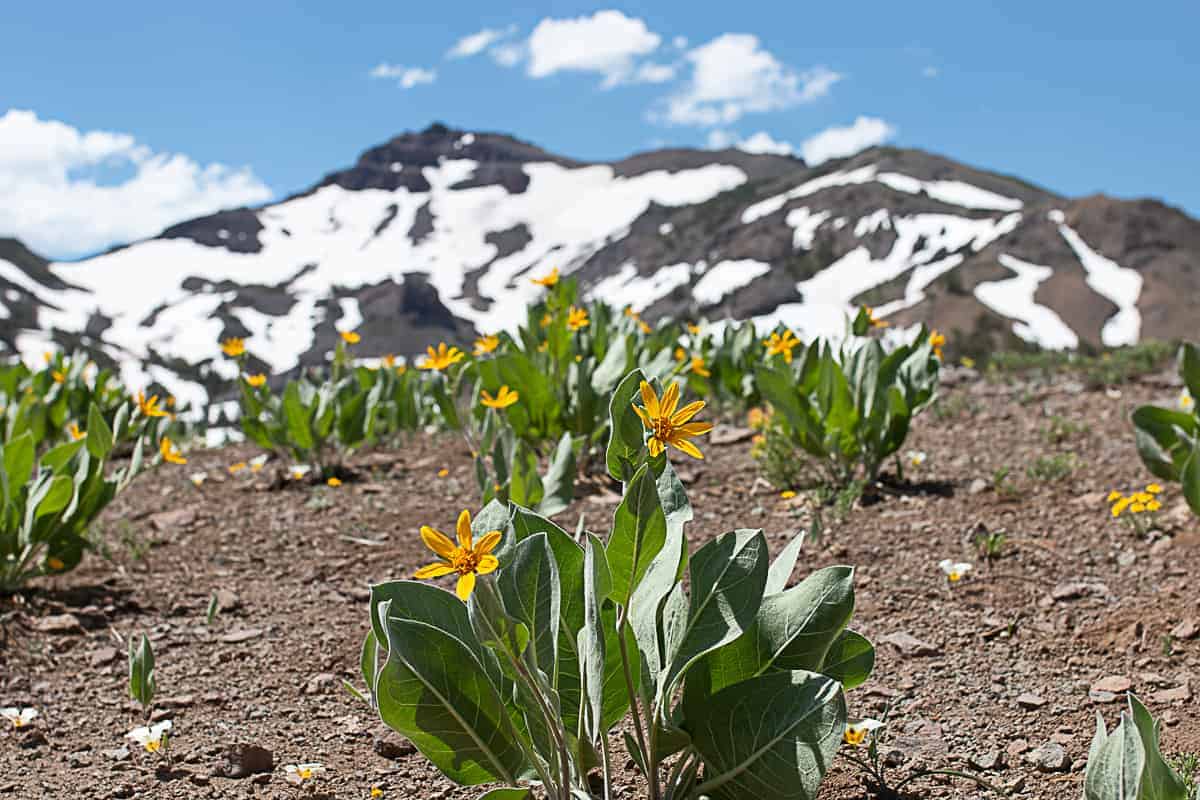
What you should have in your first aid kit
There are many first aid kits on the market. You can buy a pre-assembled first aid kit (and add items as needed) or you can easily put together one of your own. Here is a starter checklist of what I feel are the most beneficial items to have in your first aid kit when you are hiking:
- Blister bandages or moleskin dressings
- Various sized bandages
- Athletic tape
- Antibiotic ointment
- Butterfly bandages or Steristrips (for wound closure)
- Waterproof bandages (such as Tegaderm)
- OTC pain medications (Tylenol, Ibuprofen)
- Benadryl (for allergic reactions) or an EpiPen (if you or someone in your party has a known anaphylactic allergy)
- Lubricating eye drops
- Multipurpose tool
- Tweezers
- Alcohol wipes or Iodine swabs
- Sterile gauze
- Heat reflecting blanket
- Signaling mirror
- Hard candy or some form of sugar
- Lighter
For more info on what to pack when hiking with kids, check out our full list of hiking essentials for families (which includes a first aid kit).

Additional resources
Thank you so much for taking the time to read this post about hiking safety and first aid. Remember, most of these injuries and maladies are completely preventable with a little planning and forethought. Being prepared for the unexpected will give you more peace of mind when you’re out on the trail! I hope you get the chance to get out there soon and have some safe and happy hiking!
If you would like to learn more about Wilderness First Aid and are interested in taking a class – head to www.NOLS.edu and www.AWLS.org

About the author
Ashley is an RN certified in Advanced Wilderness Life Support, Advanced Cardiac Life Support, and Pediatric Advanced Life Support. She’s a nature-loving mother of two who is passionate about outdoor education for parents and their children. Ashley grew up in Alaska, where her family spent most of their time outdoors fishing, camping, skiing, and hiking. She currently lives with her husband and children near the Sierra Nevada Mountains and Lake Tahoe, where they can be found outdoors year-round; hiking, backpacking, biking, skiing, and camping. She is also very passionate about photography and owns a small photography business.
You can find more from Ashley in the following online locations:
Instagram: @sage.and.summit
Website: Sage & Summit Photography
Comments
5 responses to “Hiking Safety and First Aid 101”
This post is so informative and provides amazing resources. I’m glad I stopped by to read!
Thank you, Sarah!
[…] more information on first aid, check out our full posts on Hiking Safety & First Aid (which includes a list of exactly what should be in your first aid kit) and this post on Teaching […]
Good read! I agree that first aid kits are really essential in hiking and in any destination. Hikers should be aware on what to do in case an accident happens to themselves or a friend.
[…] Berikan Prioritas Keselamatan: […]

Leave a Reply